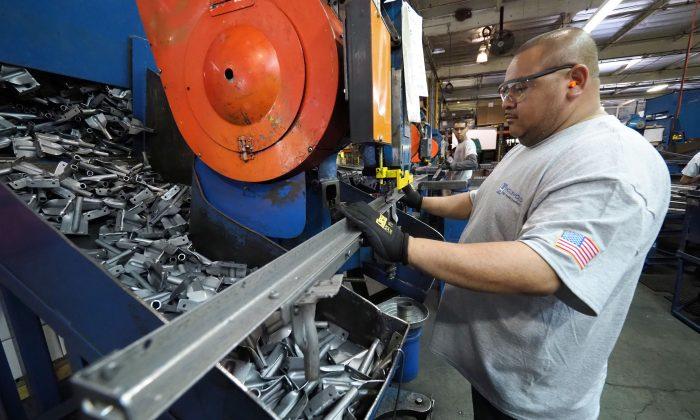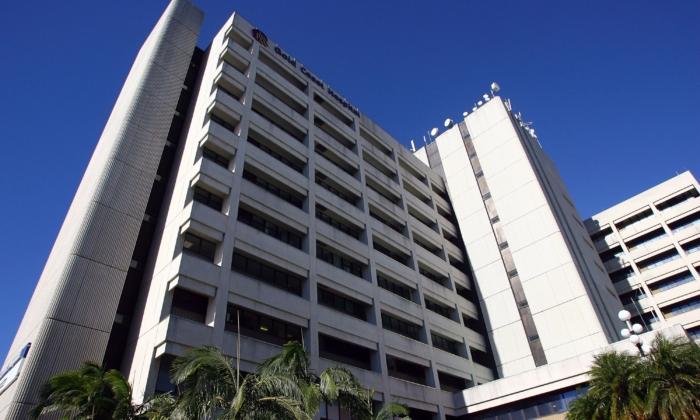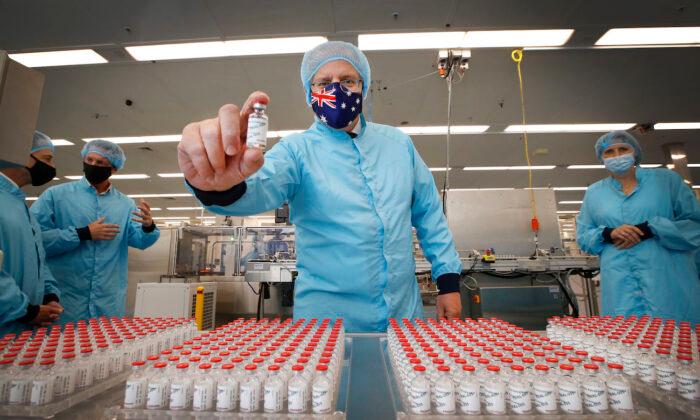Manufacturers face significant challenges to business growth due to the shortage of skilled workers, one of the largest manufacturing associations in North America has warned.
According to Jay Timmons, President and CEO of NAM, recent tax reforms have spurred growth and investments in the U.S. manufacturing sector. However, growth in the number of workers recruited has fallen behind.
Limited Workforce Is Concerning
Adam Blitzer, CEO of Softline Brand Partners in Minneapolis, one of the largest non-apparel domestic manufacturing operations in the United States, recognizes that tax reforms have not led to an increase in the manufacturing workforce.“[T]he tax reforms have not, in my opinion, mobilized a national workforce to join this industry,” said Blitzer.
“I would love to see a movement back to the trade, back to manufacturing, and I think that if we can work on training programs, it is possible. I think this would be really great for the country.”
Blitzer’s company, which manufactures goods in the United States such as canvas bags, nylon bags, strap goods, patches and belts, has a manufacturing scholarship that aims to recruit young people.
Investment in Equipment Rises
Despite the workforce shortage, both manufacturer confidence and investments continue to rise.According to NAM, 92.5 percent of business owners were positive about their own company’s outlook, a record-high since NAM’s inception 20 years ago.
Additionally, data from the U.S. Census Bureau shows an increase in new orders on manufacturing shipments and inventories, with 2018 figures from March to July higher than in the previous years.
For the month of July, a total of $477.4 billion was spent on manufacturing goods compared to $433.2 billion in July 2017 and $414.4 billion in the previous corresponding period.

According to Donald Marron, senior fellow and tax policy expert at the Urban-Brookings Tax Policy Center, tax reform has made equipment more affordable.
Comparing Pros and Cons of Tax Reform
Part of the Tax Cuts and Jobs Act 2017 (Tax Reform) allows manufacturers, including businesses and corporations, to write off 100 percent of the cost of new or used equipment. Additionally, the reduced tax rate from 35 to 21 percent has encouraged businesses to invest more in equipment.However, a downside to the tax reform is that the tax reform eliminated a tax break for manufacturing investment, known as Section 199 or the domestic production activities tax break.
Positive Outlook Predicted for Manufacturers
Blitzer said this is the first time in eight years he’s had significant confidence to invest in plant and machinery. Namely, Blitzer has invested in a double-sided inking machine.“Instead of inking one side of something, machines are inking twice, and then going through a conveyor and heating—to make production more seamless,” he said.
“[M]anufacturing in America has changed significantly through technology and automation. And we need skilled crafters and people that have computer literacy, to operate machines, and you need true problem solvers.”

“I would like to see a movement back to a manufacturing based society, which is what built America.”
The U.S. Chamber of Commerce has praised tax reform as the “pro-growth fuel” the nation needed.
“Because of tax reform, more than 600 companies and counting are increasing paychecks for their workers, creating new jobs in their communities, and strengthening the American economy,” U.S. Chamber of Commerce spokesperson Katharine Cooksey told The Epoch Times.






Friends Read Free